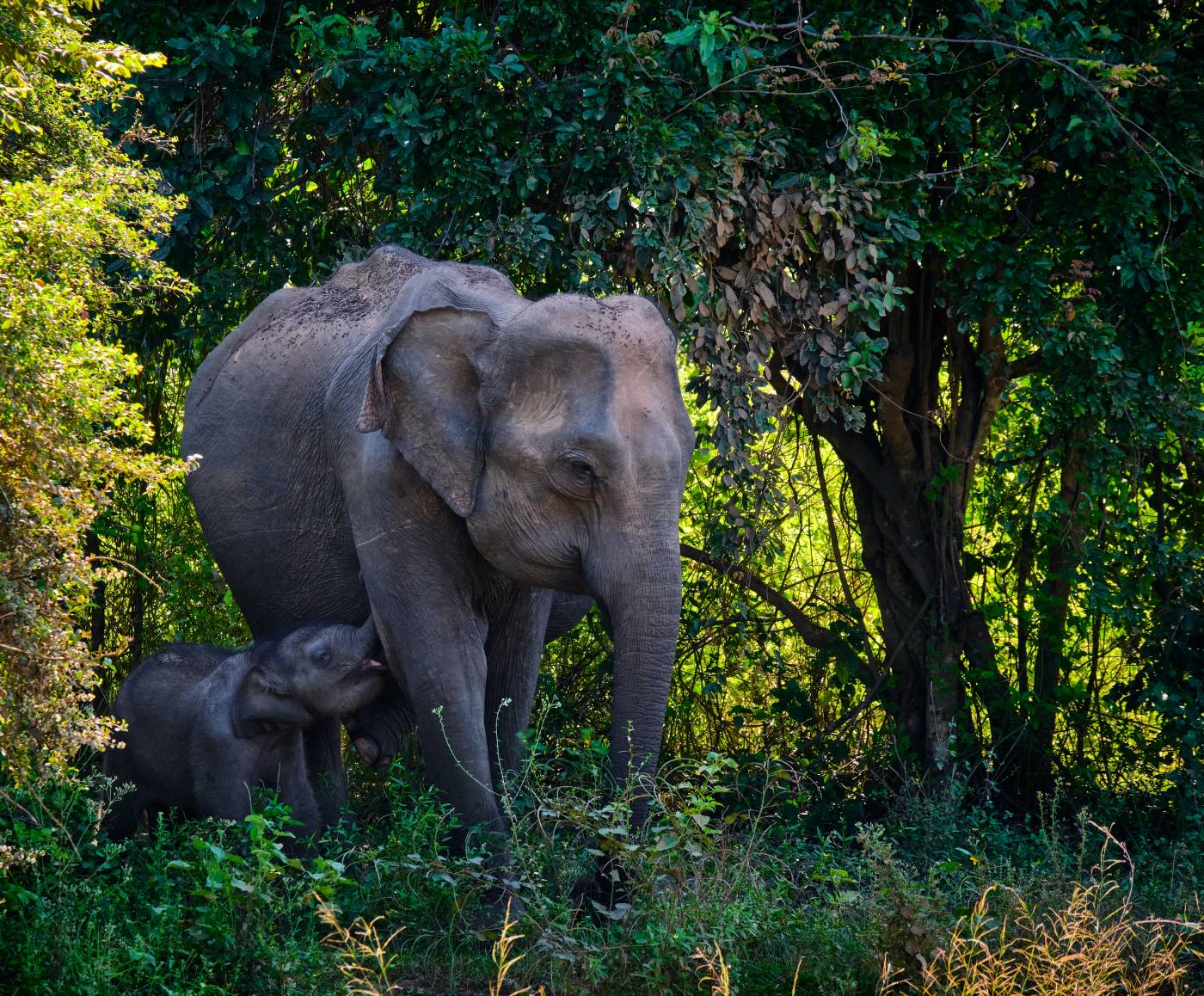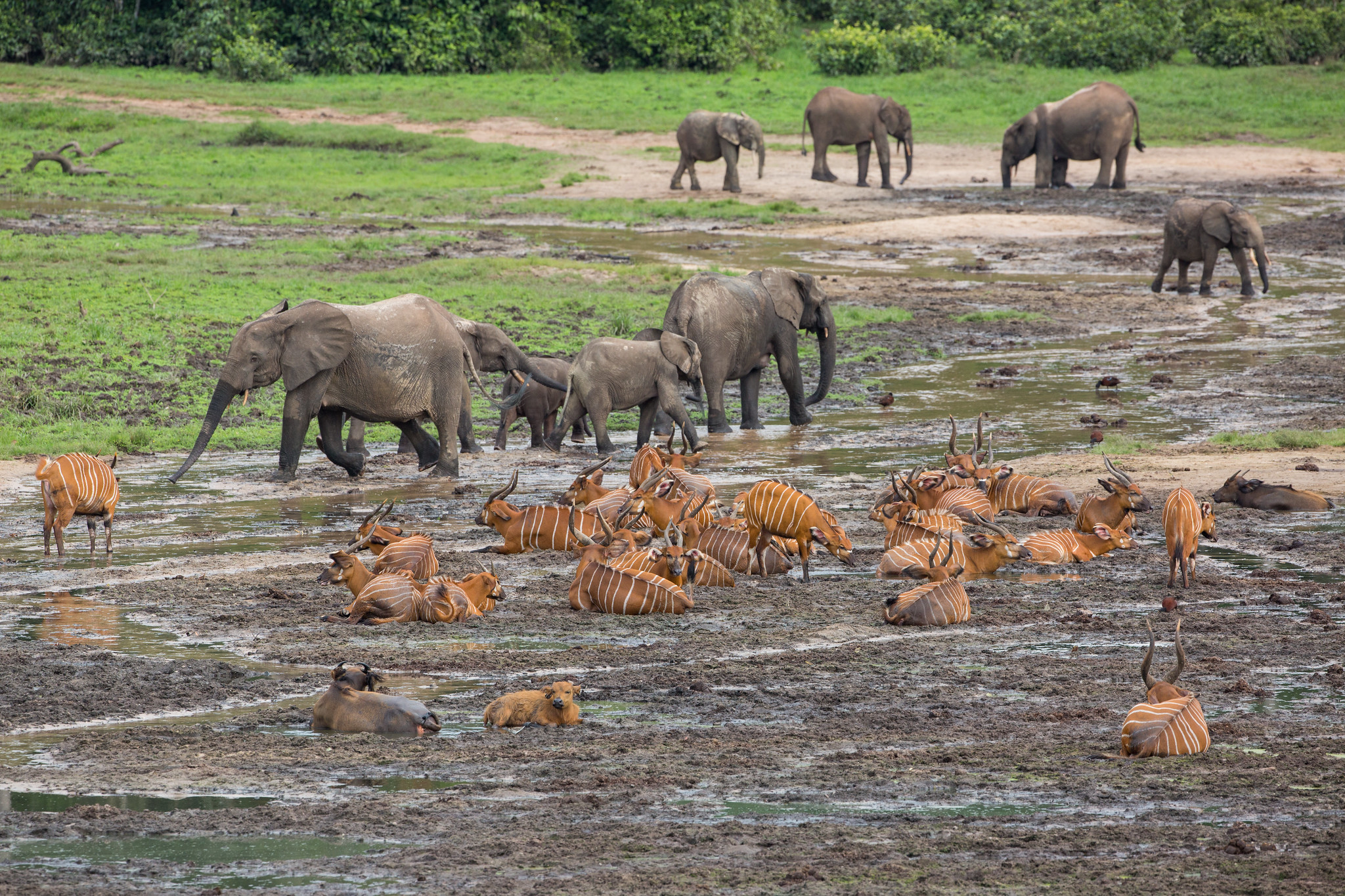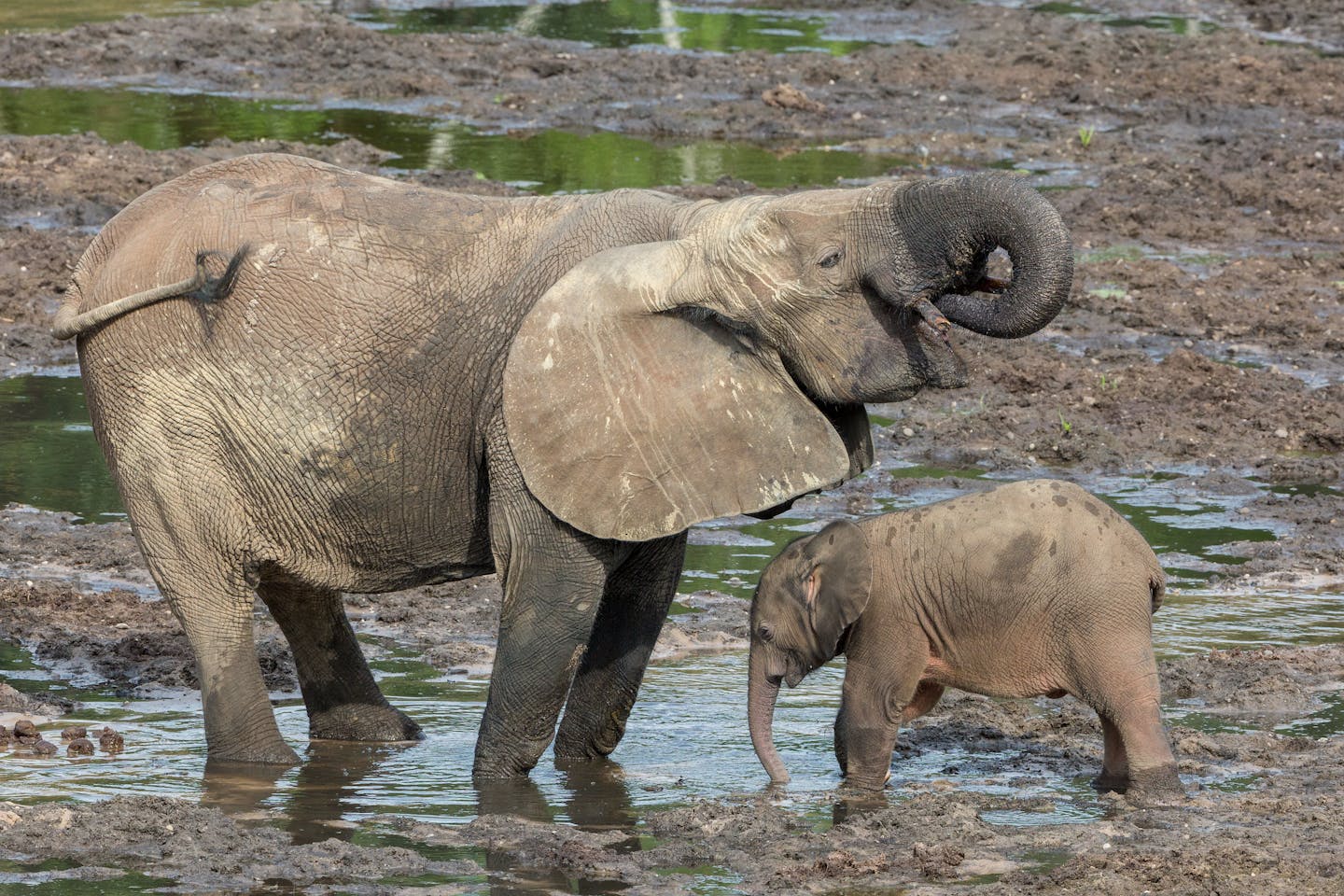Valuing the carbon services of wildlife can help fill the biodiversity financing gap
- Nature Conservation
- Land Conservation
- Ecosystem Restoration
- Species Rewilding
- Nature/Climate Finance
- Biodiversity
A new study in Nature Climate Change, “Value wild animals’ carbon services to fill the biodiversity financing gap,” highlights not only that there is a gap in financing for biodiversity but also how to fill it. Dr. Fabio Berzaghi argues that due to the inability to measure adequately and, therefore, value biodiversity and ecosystem services, private markets for funding Nature-based Solutions (NBS) have not been developed.
Bridging the biodiversity financing gap
The current investors in NBS, governments, and philanthropists cannot fund the amount needed to protect and restore biodiversity alone. This has led to a ‘biodiversity financing gap’ estimated at US$100-300 billion annually. However, putting a value on ecosystem services provided by wild animals could be the solution to fill this gap by attracting investments into conserving individual species.
So, how would this work? While we know that conserving and restoring animal populations is a boon for biodiversity, the climate change mitigation potential of these actions has been a less common narrative. We talk about the potential of tree and plant-centered restoration as a way to sequester more carbon from the atmosphere, essentially valuing the carbon services provided by them.
This new methodology will allow us to do the same for animals, putting a value on the carbon services they provide and giving incentives to private investors. A main way forward for this is to focus on the multiple benefits provided by iconic species, which now includes the valuation of the services they can provide to address climate change.
%20(1).jpeg)
Portrait of the forest elephant. Central African Republic | Shutterstock 264593645
The example of African forest elephants
One Earth just released a new list of iconic species mapped out to each of the 185 bioregions. These are keystone or ecologically significant animal species that we identified to represent the unique biogeography of each location. Take the African forest elephant (Loxodonta cyclotis) for example, this species represents the Gulf of Guinea Coastal Forests & Mangroves bioregion, which encompasses the tropical forests and mangroves lining the coasts of Gabon, Equatorial Guinea, Cameroon, and Nigeria.
These elephants are listed as Critically Endangered on the IUCN Red List and are under threat from poaching and rapid land use change. These threats are not only bad news for the conservation of the species but also for climate change, as African forest elephants play a keystone role in their habitat as “ecosystem engineers.”
Unlike their larger counterparts, the African elephant (Loxodonta africana), African forest elephants spend most of their time in dense rainforests, trampling smaller plants and trees as they move through the forest. This, in turn, decreases the density and allows larger trees to grow — capturing more carbon.
But like their savannah-dwelling relatives, African forest elephants also disperse seeds through their waste and fertilize the ground in the process. All of this combined allows for more carbon capture in their ecosystem by opening gaps in the canopy and providing better soil for tree species to grow.

Elephant mother and cub in the Udawalawe Reservoir, Sri Lanka. Image credit: Riccardo Chiarini, Unsplash
Valuing natural carbon services
But the question remains: how do we value the services something like an African forest elephant can provide? This would first require economists to estimate a price for the carbon sequestration services produced by a particular species. This estimate would include both the carbon the species can currently sequester through its activities, as well as the potential gains in sequestration that would result from the conservation and restoration of the species.
This value is what brings in investors, and Berzaghi explains that this could become a win-win situation, creating a financial pathway to move funds from investors to local communities working on the ground. “Owners” of the species/asset (governments, etc.) would work with intermediaries to issue certificates granting rights to the species’ carbon sequestration services, and funds received from investors for those certificates would go towards the conservation and restoration programs that care for and manage that species.
Berzaghi explains the role that animals play in the carbon cycle, showing that the global collapse of large mammals has likely caused a dramatic global reduction in the carbon sequestration potential of ecosystems due to changes in vegetation cover. They show that in tropical Africa, the presence of elephants increases rainforest carbon stocks by 3-15% due to their ability to reduce plant density and promote the growth of carbon-dense trees.

African forest elephants, lowland bongos, and forest buffalos. Dzanga Sangha Special Reserve, Banks of the Sangha river, Central African Republic. Image credit: Gregoire Dubois, Creative Commons
Calculating nature’s role
Rebalance Earth has actually put a price on the carbon services that African forest elephants provide if they recovered to their full former range - 6,000 metric tonnes per square kilometer or about $150 billion in economic value. Within the next ten years, the value of an elephant remaining alive (based on carbon pricing) would rapidly outpace the price humans have put on their ivory!
Now, there are possible caveats and risks that go along with trying to value the services provided by wild animals, including that extreme climate events might have a much greater effect on carbon dynamics and make carbon sequestration through nature minimal, overlooking the contributions of other species that contribute to carbon storage; a potential increase in human-wildlife conflict, as large swaths of land and water will be needed to restore species and ecosystems; and the commodification of wildlife that could inadvertently lead to degradation rather than restoration.
However, despite these challenges, risks, and caveats, this approach may be one of the few we have left to close the biodiversity funding gap quickly. Unlike technological solutions, NBS are readily available and deployable and can provide at least one-third of the solution to climate change. Perhaps it is time to put a real price on nature.
Explore Earth's Bioregions


